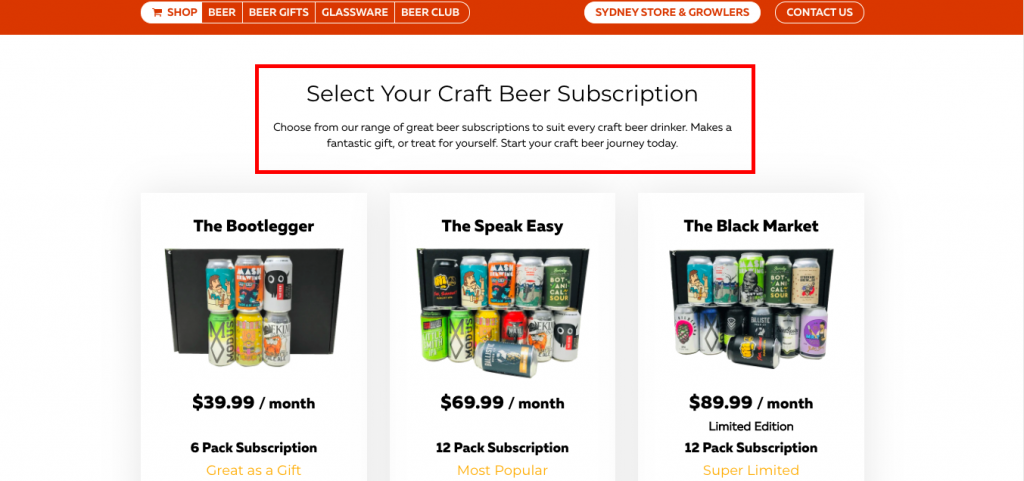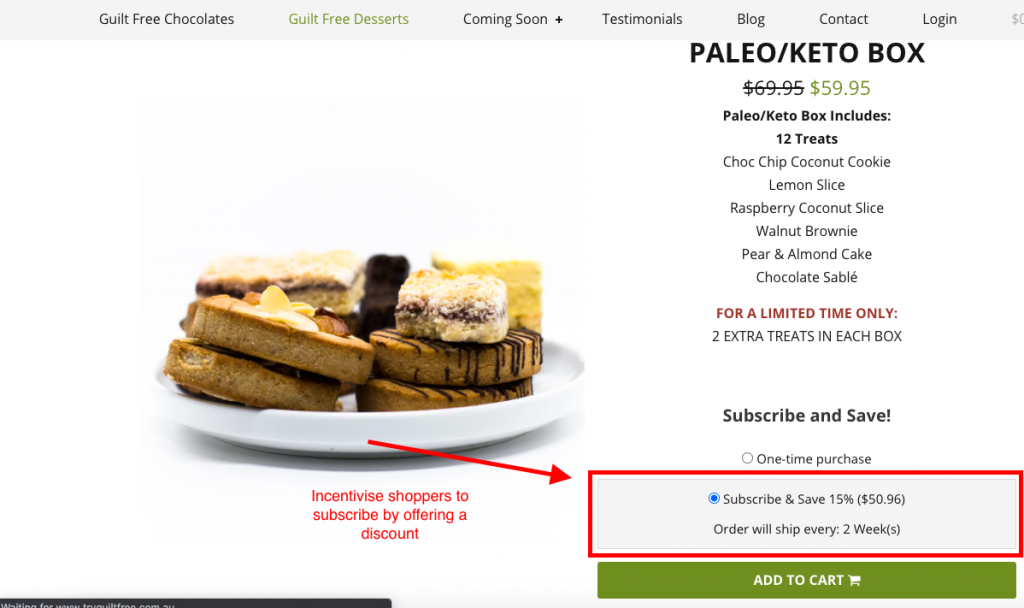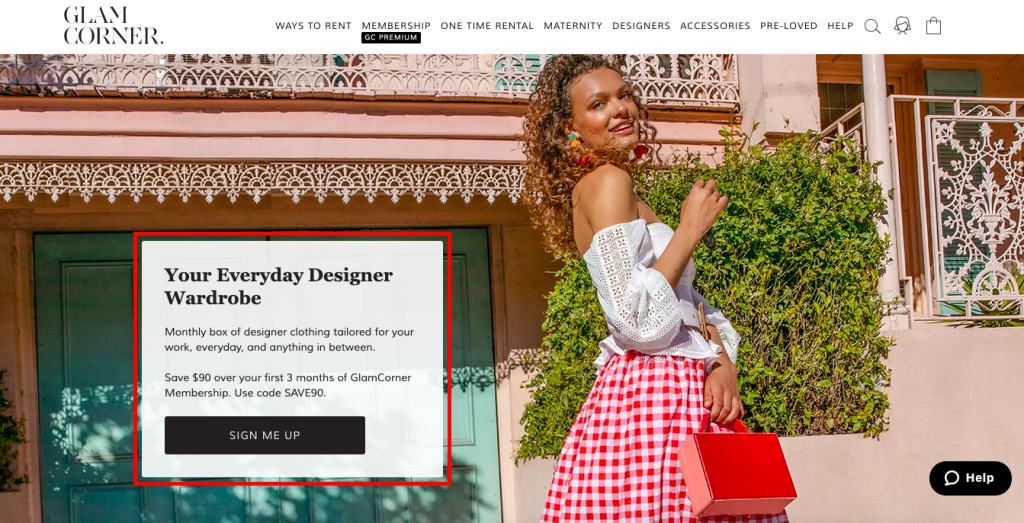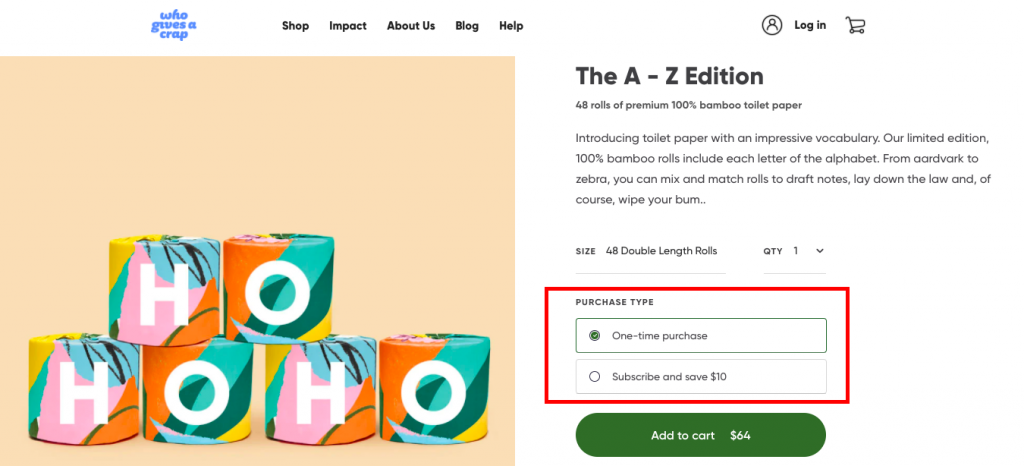If you were working in the eCommerce sector in 2010 (don’t worry, we won’t tell), then you probably remember the launch of Birchbox and the subscription-box frenzy it set off over the following years. Suddenly, any product that required regular, repeat purchases, from razors to snacks, became a target for those looking to tap into the subscription business model.
The benefits were obvious: a more predictable revenue stream, increased return on customer acquisition costs and improved ability to manage inventory attracted many retail startups to adopt a subscription model.
But as the concept became more prevalent and the drawbacks emerged (some early boxes failed to deliver enough bang for the buck, or locked customers into long contracts), subscriptions lost some of their lustre. Still, the trend never really disappeared, and in 2018, the global eCommerce subscription market was estimated to be worth US$13.2 billion, according to UnivDatos Market Insights.
One of the major factors in the growth of the subscription market over the past 10 years has been the rise of the hybrid subscription model, where customers can make a one-off purchase, or subscribe (often at a discount) to a recurring shipment. The hybrid model is a best-of-both-worlds scenario for businesses and their customers, since it provides the predictability and convenience of a subscription model and the flexibility of traditional shopping. And now, major retailers like Nike are embracing it.
In 2019, the sportswear giant launched the Nike Adventure Club, a kids’ shoe subscription service, in the US. Customers there can pay a monthly price to receive four, six, or 12 pairs of shoes per year (the bigger the shipment, the cheaper the price) and choose from a rotating selection of fresh styles for each shipment. Of course, parents can still buy shoes for their kids in Nike stores and online, but the subscription service is a more convenient option, since little ones’ feet grow so quickly.
The hybrid model isn’t just a trend in the US either. Here are a few Australian eCommerce businesses that let customers buy items on both a one-off and recurring basis.
Beer Cartel
Subscriptions have been common in the wine industry for some time, but now they’re a thing in the world of craft brews too. Beer Cartel offers three different subscription boxes (a monthly mixed six-pack, monthly mixed 12-pack and monthly mixed, limited edition 12-pack), but it’s also an online bottle shop, with a huge range of beer available for one-off purchases, and customers can buy anything from a single can to multiple cases.
Guilt Free
Targeting health-conscious Aussies, Guilt Free is an online food business specialises in making unhealthy food (think Snickers and Cherry Ripe) healthy. It sells individual boxes of its keto and vegan-friendly snacks, but customers can save 15% if they sign up for a subscription, which is delivered every two weeks.
GlamCorner
What started out as an online dress rental business for one-off events evolved into a subscription clothing company last year. With GlamCorner, customers can choose between two different rental plans: one box of three items a month for $99 per month, or unlimited boxes of three items a month for $149 per month.
Nourished Life
The OG subscription business, beauty boxes still do a roaring trade. Nourished Life offers customers a monthly box of beauty samples, so they can try out new products and revisit old favourites. But it’s just a small part of Nourished Life’s overall business. Most of its customers are traditional online shoppers, who visit the website for its natural, cruelty-free and vegan beauty products.
Who Gives A Crap
Toilet paper is one of those regular purchases that lend themselves really well to a subscription model, so it’s no surprise that Who Gives A Crap’s monthly boxes of loo roll have been a big hit since launching in 2012. But it also sells individual boxes without a subscription.
Top takeaways
The rise of the hybrid models isn’t the only thing that’s changed in the last 10 years; consumer expectations around subscriptions have increased significantly. Long gone are the days when the novelty of receiving a box of new products every month was enough to make consumers overlook the fact that half of them were sample size, and the rest didn’t suit their taste or needs.
Consumers have become much savvier about understanding the value of a subscription offer and will be quick to unsubscribe if they don’t think they’re getting their money’s worth. A great product, attractive pricing and some degree of personalisation are key to a successful offer.
And while it might be tempting to lock your customers into a six-month or year-long subscription (you want that predictable revenue stream, right?), it won’t result in sign-ups. Flexibility is the name of the game today, and you should allow your customers to pause or cancel a subscription at any time.




